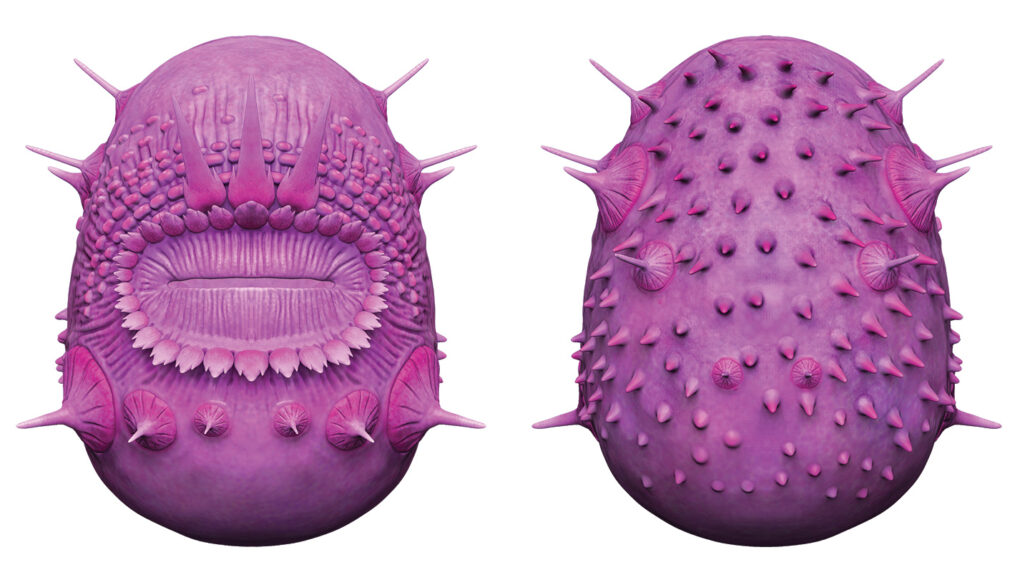anus: The opening at the end of an animal's digestive system through which solid waste leaves the body.
insect: A type of arthropod that as an adult will have six segmented legs and three body parts: a head, thorax and abdomen. There are hundreds of thousands of insects, which include bees, beetles, flies and moths.
pore: A tiny hole in a surface. On the skin, substances such as oil, water and sweat pass through these openings.
tissue: Made of cells, it is any of the distinct types of materials that make up animals, plants or fungi. Cells within a tissue work as a unit to perform a particular function in living organisms. Different organs of the human body, for instance, often are made from many different types of tissues.
waste: Any materials that are left over from biological or other systems that have no value, so they can be disposed of as trash or recycled for some new use.
X-ray: A type of radiation analogous to gamma rays, but having somewhat lower energy.








